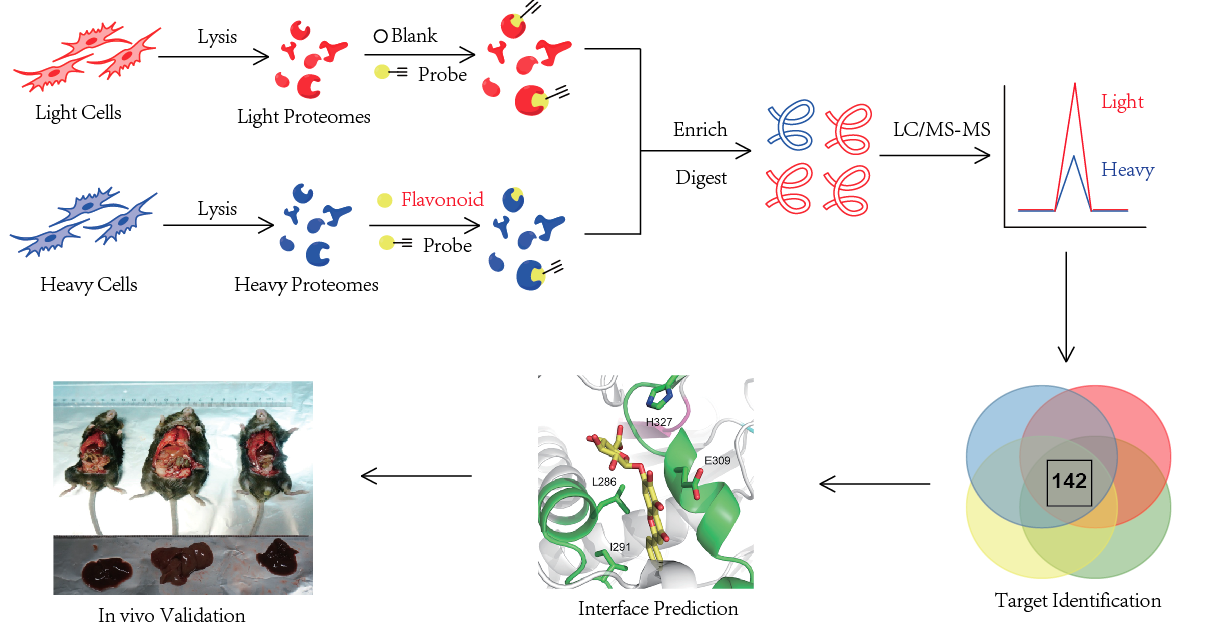|
Genome sequencing projects have revolutionized our view of the complexity of prokaryotic and eukaryotic proteomes, however, we are also left with a daunting challenge of functionally annotating these large number of predicted proteins. Chemical proteomic methods, such as activity-based protein profiling (ABPP), have been developed aiming at systematically discovering new functional targets directly from native proteomes. In this talk, I will present a recent project from my laboratory which combine ABPP-based chemical proteomic, biochemical and computational strategies to uncover the functional targets of a specific bioactive ligand in proteomes.
Hepatic steatosis, marked as excessive lipid accumulation in hepatocytes, constitutes the early stage of non-alcoholic fatty liver diseases (NAFLD) which could eventually lead to liver cancer. The pathogenic mechanism for this lipid metabolism imbalance remains elusive and an effective treatment option is yet to be developed. In the current work1, we showed that a flavonoid compound isolated from the Chinese traditional herbal medicine is an effective anti-steatosis agent. By employing a quantitative activity-based protein profiling (ABPP) strategy, we discovered the flavonoid binds to key enzymes in the fatty acid metabolic pathway, accelerate the metabolic rate of fatty acids in the liver and ameliorates the symptoms associated with hepatic steatosis. We performed computational docking studies to map the potential protein-ligand interface and mutation of the predicted interface residues completely abolished the bioactivity of the flavonoid compound, confirming that it acts mechanistically through the enzyme to confer the anti-steatosis effect. Based on the finding, we also screened multiple representative flavonoid compounds and found new potential lead compounds to further enhance the activation effect on the enzyme. Our data indicate that regulating the fatty acid metabolism is an effective approach to prevent hepatic steatosis and the flavonoid may serve as a common scaffold to develop novel drugs for pharmacological treatment of NAFLD.
|

|
 123rd General Meeting of the KCS
123rd General Meeting of the KCS
 123rd General Meeting of the KCS
123rd General Meeting of the KCS